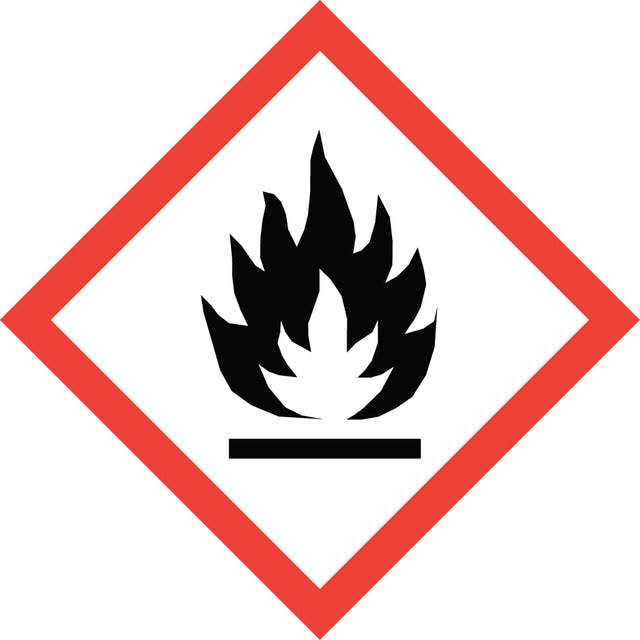676756
Toluene
ACS reagent, ≥99.5%
Select a Size
About This Item
26 mmHg ( 25 °C)
grade
ACS reagent
Quality Level
vapor density
3.2 (vs air)
vapor pressure
22 mmHg ( 20 °C)
26 mmHg ( 25 °C)
Assay
≥99.5%
form
liquid
autoignition temp.
997 °F
expl. lim.
7 %
technique(s)
toxicology assay: suitable
impurities
H2SO4, passes test (darkened)
≤0.003% S compounds
≤0.03% Water
evapn. residue
≤0.001%
refractive index
n/D 1.496 (lit.)
bp
110-111 °C (lit.)
mp
-93 °C (lit.)
solubility
acetone: miscible(lit.)
alcohol: miscible(lit.)
carbon disulfide: miscible(lit.)
chloroform: miscible(lit.)
glacial acetic acid: miscible(lit.)
density
0.865 g/mL at 25 °C (lit.)
SMILES string
Cc1ccccc1
InChI
1S/C7H8/c1-7-5-3-2-4-6-7/h2-6H,1H3
InChI key
YXFVVABEGXRONW-UHFFFAOYSA-N
Looking for similar products? Visit Product Comparison Guide
Related Categories
General description
Premium ACS Solvents: Our solvents meet or exceed the stringent standards set by the American Chemical Society, ensuring high quality and reliability for your laboratory applications.
Replicable and Publishable Results: Designed for consistency, our solvents deliver results that can be reliably reproduced, making them ideal for research that requires publication.
Versatile Applications: Suitable for routine chemical synthesis, drying, purification, and critical labware cleaning, our solvents cater to a wide range of research needs in the laboratory.
Signal Word
Danger
Hazard Statements
Precautionary Statements
Hazard Classifications
Aquatic Chronic 3 - Asp. Tox. 1 - Flam. Liq. 2 - Repr. 2 - Skin Irrit. 2 - STOT RE 2 Inhalation - STOT SE 3
Target Organs
Central nervous system
Storage Class Code
3 - Flammable liquids
WGK
WGK 3
Flash Point(F)
39.9 °F - closed cup
Flash Point(C)
4.4 °C - closed cup
Regulatory Information
Choose from one of the most recent versions:
Already Own This Product?
Find documentation for the products that you have recently purchased in the Document Library.
Our team of scientists has experience in all areas of research including Life Science, Material Science, Chemical Synthesis, Chromatography, Analytical and many others.
Contact Technical Service

